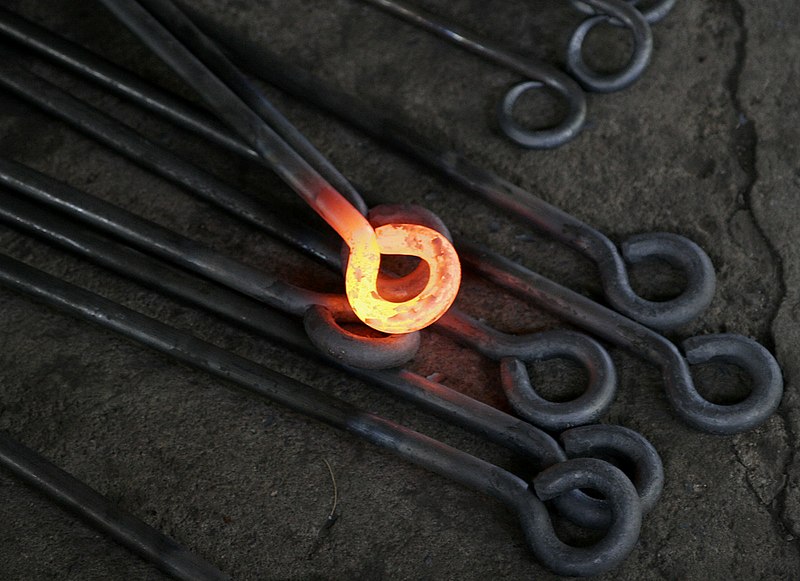If you watched game 1 of the World Series on Wednesday, you had the joy of seeing infrared video. Fox thought it would be cool to bring an infrared camera along with them to St. Louis and it was, indeed, a good idea. Adrian Beltre of the rangers hit the ball down the 3rd base line but he didn't run for some reason. The cardinals threw the ball to 1st and Beltre was called out. Beltre claimed that the ball hit his toe, which would mean it would be an automatic dead ball and would just be considered a foul ball. But the regular cameras couldn't prove the umps wrong.
The regular, real-time video makes it look like the ball didn't actually hit Beltre, but that he just faked it. Yeah, that's possible, but he sure did a really quick job of acting with the way he reacted to the ball hitting his toe.
FOX had demonstrated their infrared camera earlier in the game when Pujols hit the ball into his own foot. The infrared video showed a bright spot on his left foot light up right when the ball hit it.
Being a physics nerd, that was pretty cool to me. But being somebody who always thinks about applications, I didn't quite get the point...at least until the 9th inning.
Beltre was up to bat. There was one out with nobody on base. Beltre was 2 for 3 so far for the night, so he was hot. Feeling confident, he went after the first pitch-a fastball, and never even left the batter's box because he claimed the ball hit his toe. The umps didn't believe him so they called him out. 2 outs. Nelson Cruz was up next and flew out to left field for an anti-climactic defeat.
FOX showed the replay using the regular video and you couldn't see anything that was conclusive enough to overturn the call. It was pretty hard to believe Beltre until they showed the infrared video.
By golly, the ball barely nicked his toe! That should have been a foul ball. He could have hit a home run the next pitch and sent the game to extra innings! Baseball is a game of comebacks. 9th inning, 2nd out rallies can actually happen in this sport. It's part of the reason I love the game so much. The Rangers were only behind by 1 run and the smallest things can make a huge difference. Oh well.
How it works
Infrared cameras are very cool. Infrared light is just like the light you see all the time, just with a longer wavelength, so you can't see it with your eyes. But cameras can be built to detect infrared light. In fact, the last project I worked on was, in simple terms, a color infrared camera pixel.
Infrared cameras are great for night vision because it distinguishes between things with different temperatures. All the things you see around you are emitting infrared light based on their temperature (and emissivity, which I won't talk about for simplicity's sake). The warmer something is, the more intense the infrared light coming off of it is. So when the baseball hit Beltre's toe, the impact warmed up the spot, causing it to emit extra infrared light than the spot did before it was heated up. It takes time for the heat to dissipate, so the "hot spot" stays there for as long as the temperature at that spot is still high.
Why does the high temperature cause the spot to emit infrared light? If you remember my last post about heat transfer, you remember that high temperature means the molecules are vibrating around a lot more. Well the vibration of molecules causes them to radiate. That's exactly how an antenna works. So when temperature increases the vibrations occur at higher amplitudes and frequencies, causing the intensity of the light to increase. You saw the intensity increase when the temperature of Beltre's toe went up.
This effect is called thermal radiation. At room temperature it happens at infrared wavelengths. But if you increase the temperature the intensity increases and the wavelength decreases because of the higher-frequency vibrations. The following graph shows how the emission spectrum changes as you increase the temperature of something.
If you heat something up enough, you can start to see the radiation in visible wavelengths. This is why metal glows when you heat it up. It's also why incandescent light bulbs work.
Now you know how infrared light gives you extra information that visible light cannot give you. And you now know what thermal radiation is. Pretty cool huh?




No comments:
Post a Comment